This post is an update of a previous one and dedicated to photo nerds all over the world.
Canon EOS Rebel T6s 
My favourite camera for most situations is the digital reflex camera (DSLR) Canon EOS Rebel T6s (EOS 760D). DSLRs used to be very expensive, but today they don’t cost much more than many digital cameras or smartphones.
The Rebel T6s (EOS 760 D) (it’s the most recent of the series) is located above the beginners’ models (EOS 1000 D and their successors) and is therefore perfect for advanced beginners as well as for middle-class standards. Of course, there are similar models by other companies (Nikon D 7100, Sony Alpha 57, Pentax K-S2; but I’m sticking to my Canon).
Using the EOS 760 D, you can take really great photos. The 750 D is very similar, with some extras and comfort missing, but the picture quality is the same.
The big advantage of digital reflex cameras: You are able to choose settings exactly as you wish and change objective lenses. The great optical viewfinder allows best picture quality also in bright sunlight.
One disadvantage: You always have to carry the ‘heavy chunk’. If you already know, you will be too lazy, you should choose smaller and lighter cameras. I can definitely recommend digital reflex cameras. If you think about buying one, there are countless forums and recommendations on the internet. Going to a specialised dealer may also be a good choice if you can expect good advice. A big advantage: You can actually touch and try it. Sometimes, with a bit of luck, they can also offer good prices.
Different lenses
Regarding different lenses: Of course, you can stick to a single lens and also get some great pictures. But you will miss one of the greatest advantages of reflex cameras. I have got a zoom lens (Tamron AF 70-300mm) and a wide angle lens (Canon EF-S 10-18mm)
next to my standard lens (Tamron SP AF 17-50mm)
; they weren’t too expensive and I love them! There are many situations when I’m really happy to be able to use special lenses (if I have them with me then).
Settings and equipment
Of course, you have to spend some time to really make the best of all possibilities and equipment is also not the cheapest. In low light, you can set exposition time manually and use a flashlight only if you really need it. A further plus factor is speed: You can take many pictures with good quality successively.
If you don’t do it, the automatic mode can also get you some great photos, but in my opinion, cheaper and lighter cameras would then be the better option. To me, it’s absolutely worth it and watching my favourite pictures, I’m thinking: Well done!
Example photos
Below are some example pictures, showing you advantages of a digital reflex camera. I’m not pretending, those pictures are not possible with other cameras, but at least it’s not so easy.
Night shots
Of course, you will need a good tripod and your DSLR for these photos. Then it’s great to take shots with long aperture times and higher ISO values. For Northern Lights and stars you will need wide angle lenses, for the full moon a telephoto lens is perfect
Playing around with the focus
In the telephoto area with low aperture numbers, you can wonderfully experiment with a low depth of focus. You can set focus on any preferred point, while the background (or the foreground) becomes blurred. With a good optical viewer, you can set the focus easy and exactly.
Combining a long exposition time with flashlight
Using a digital reflex camera, you can easily combine long (any) exposition time with a flashlight. The foreground will be illuminated, while the background ‘glows’. By this, you can ‘catch’ enough time although you have high aperture numbers (and therefore a high depth of focus). Any automatic mode would combine a flashlight with low exposition times, so the background would be dark.
Setting focus on dynamic objects – wiping effect
With an optical viewer and the precise release of a digital reflex camera, you can perfectly ‘trap’ moving objects. The background becomes blurred if you choose setting time not too shortly (for instance 1/10s, depending on the situation), and move the camera while releasing.
If you have any more questions, just ask. We’ll happily update this post with more information.





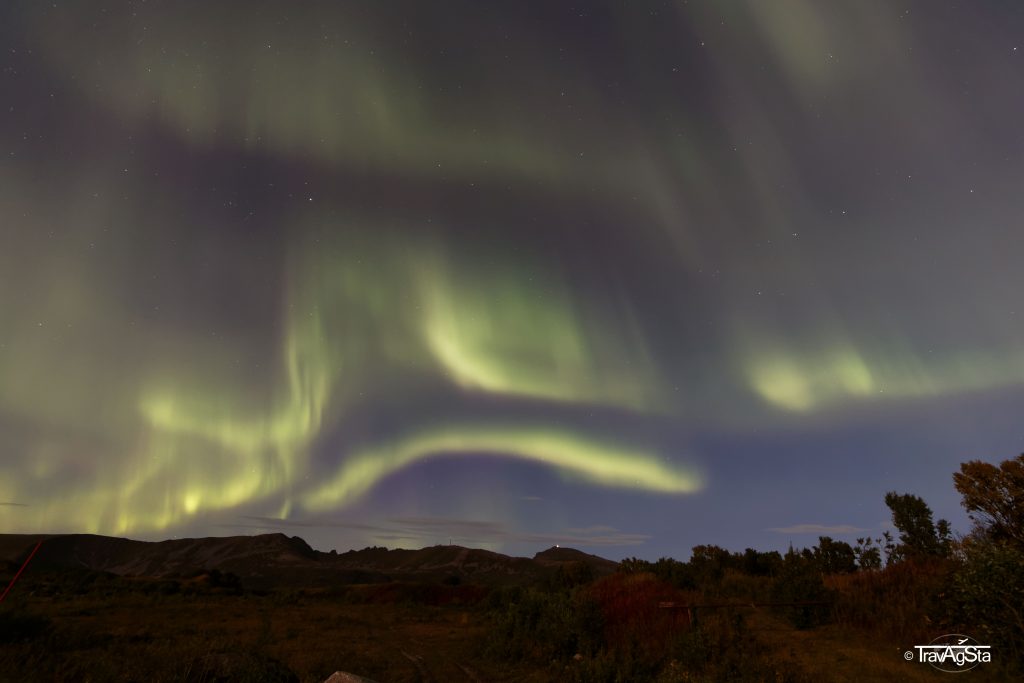
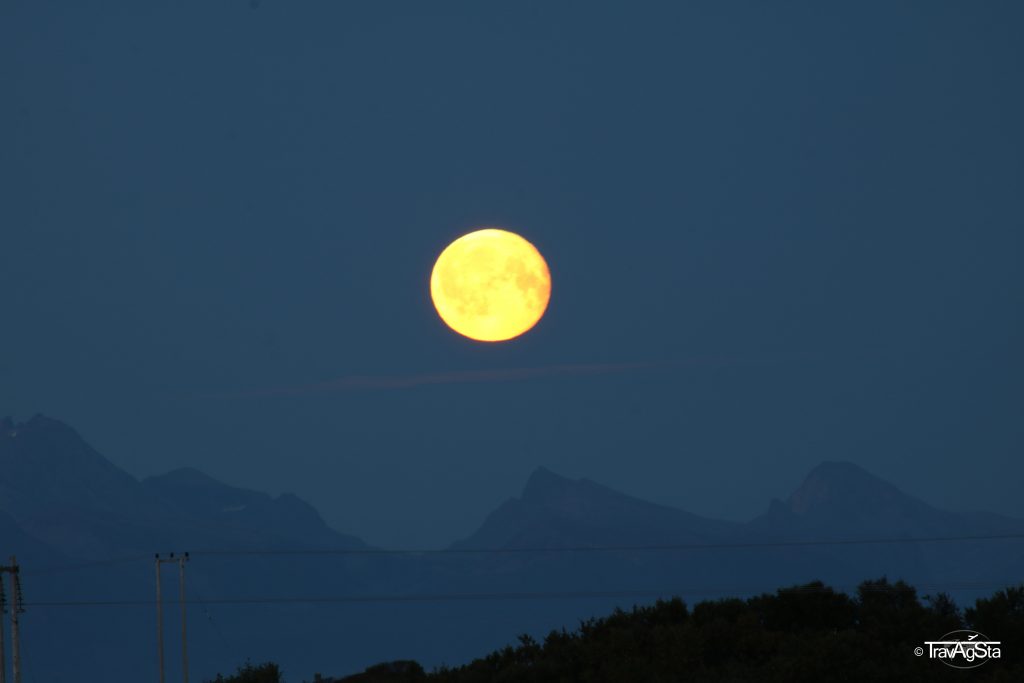
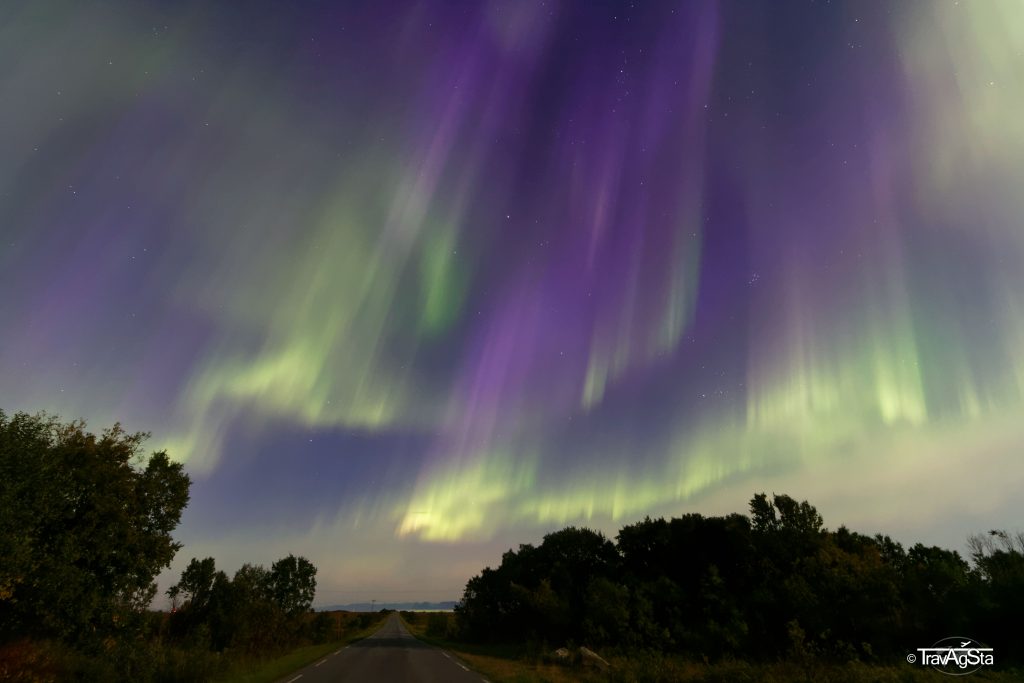

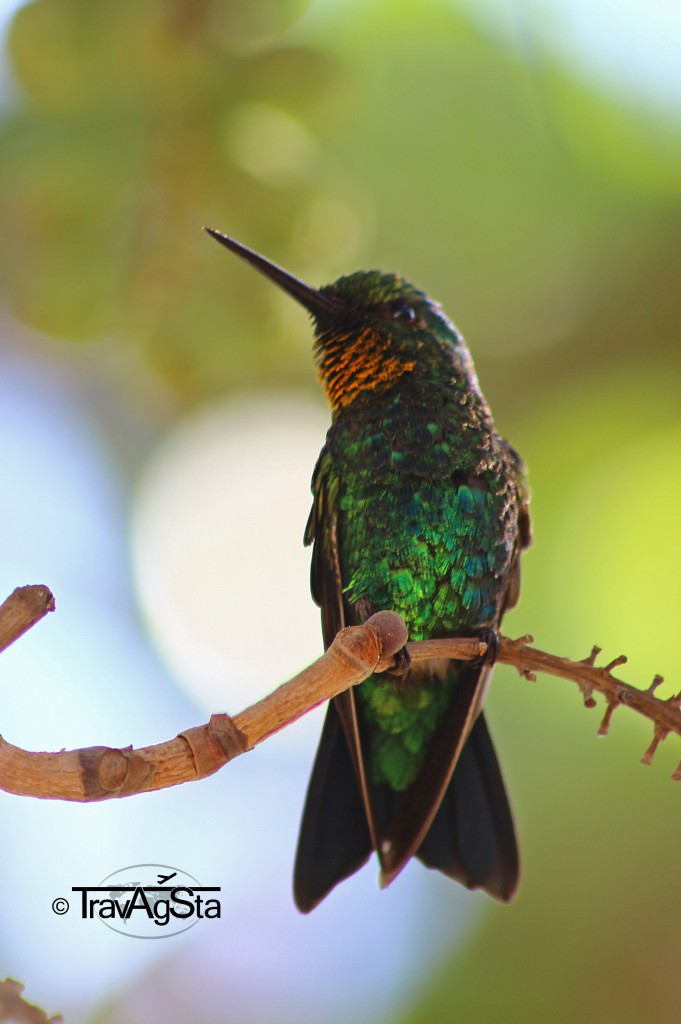
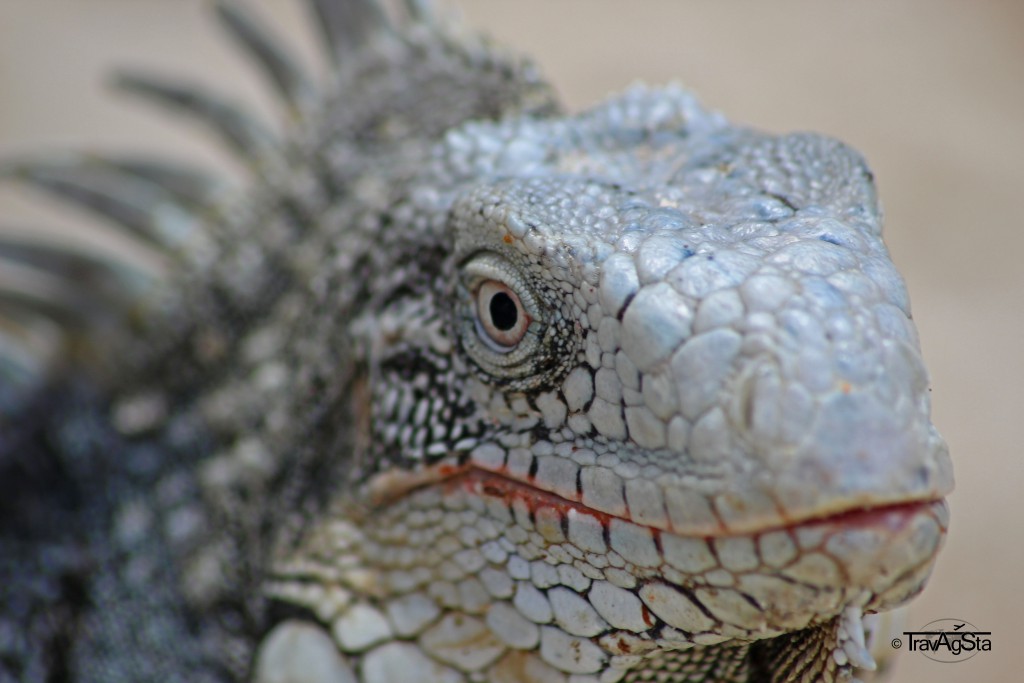
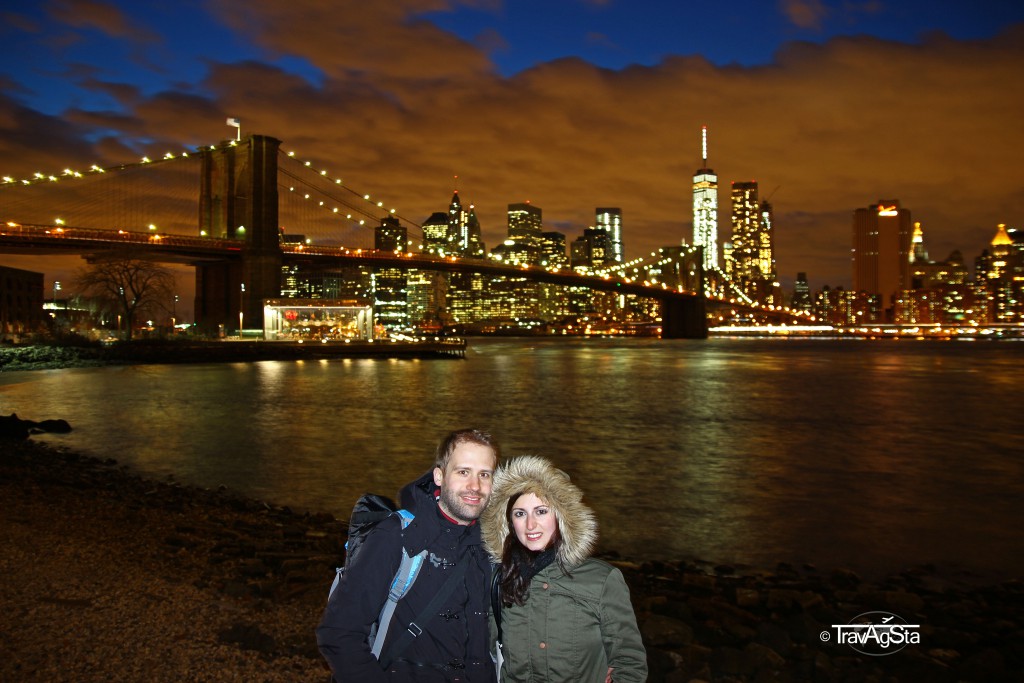
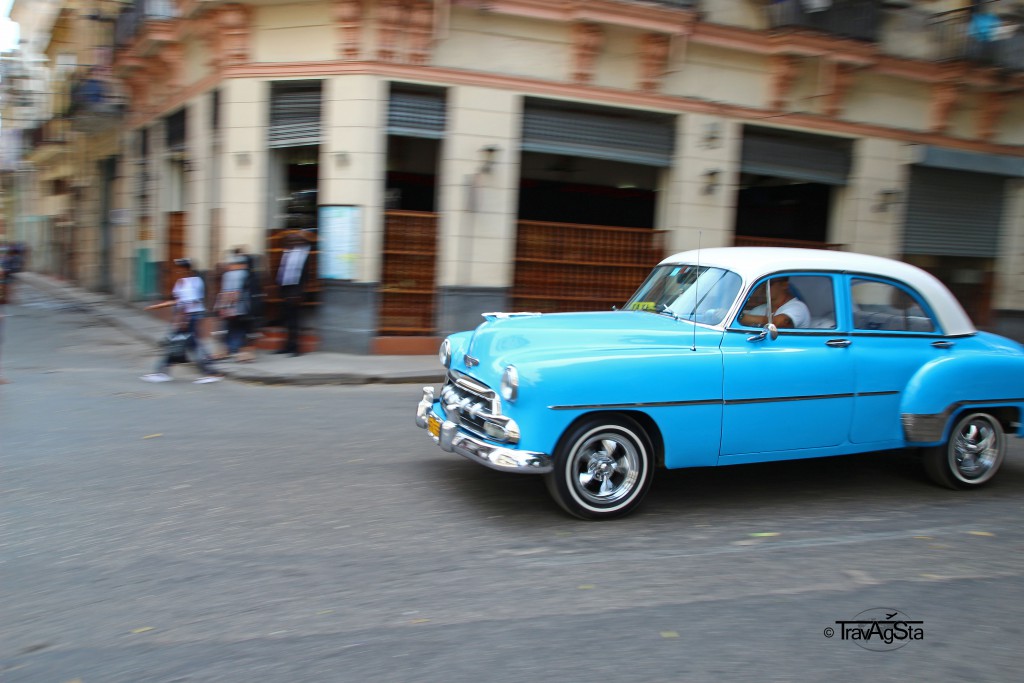
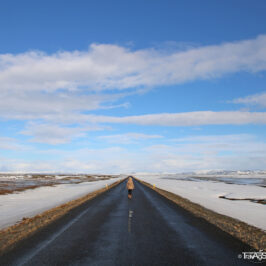
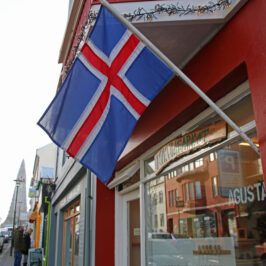
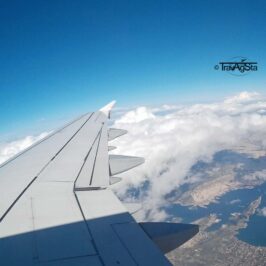
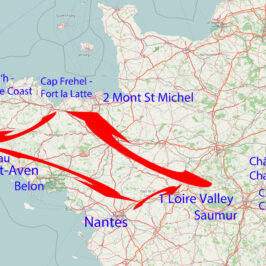
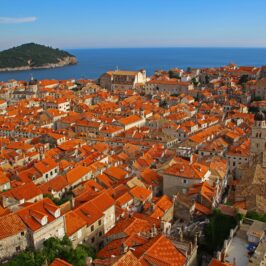
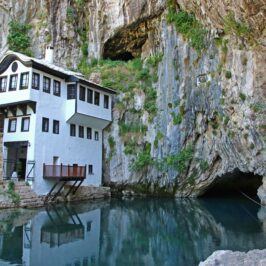
Leave a Reply